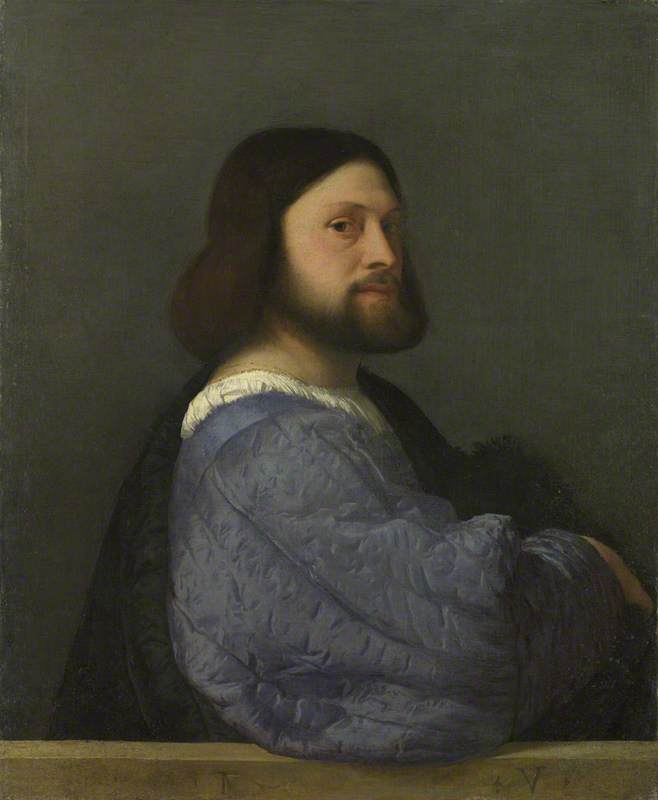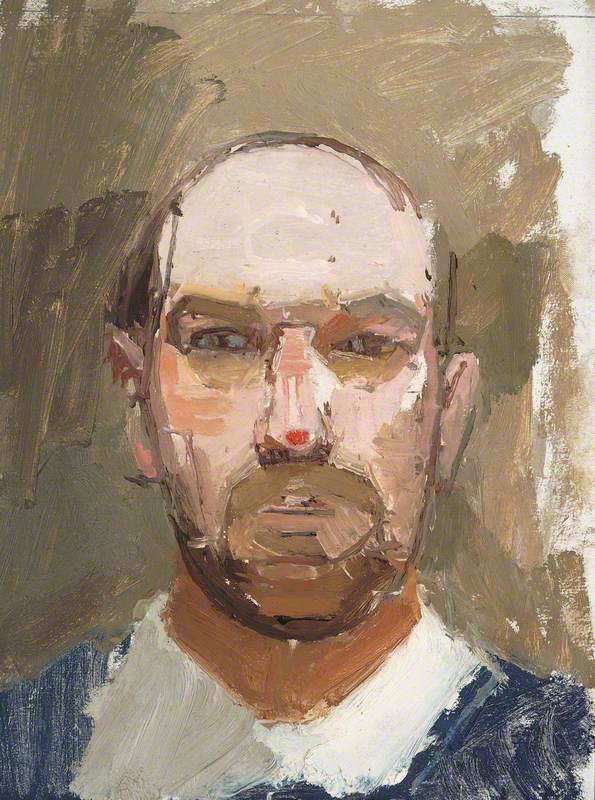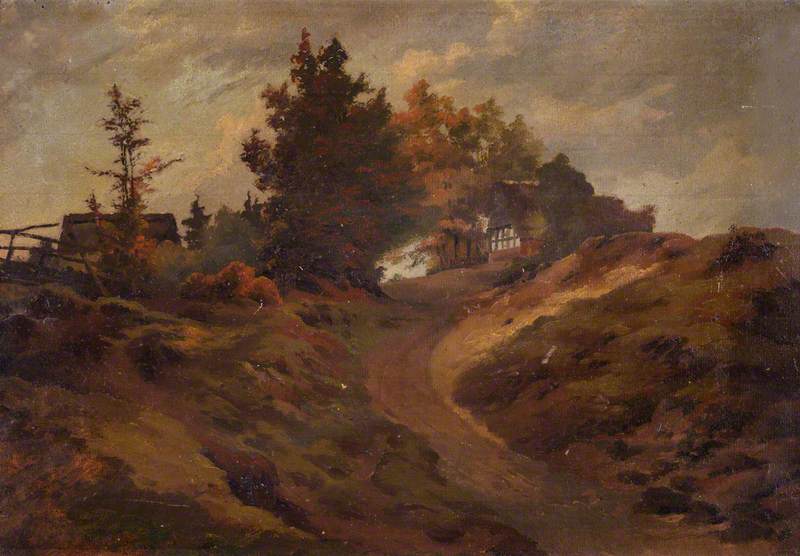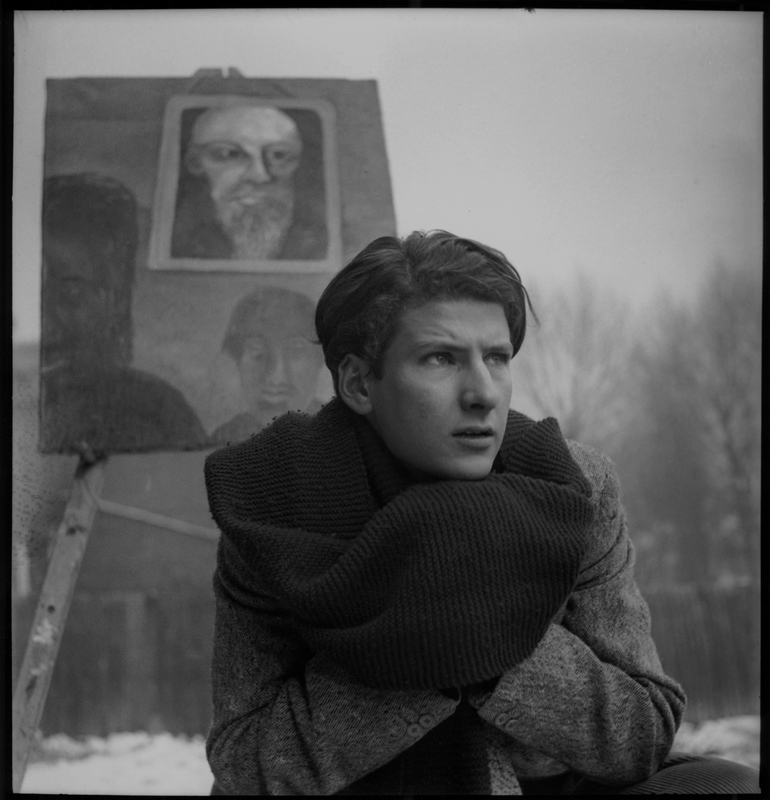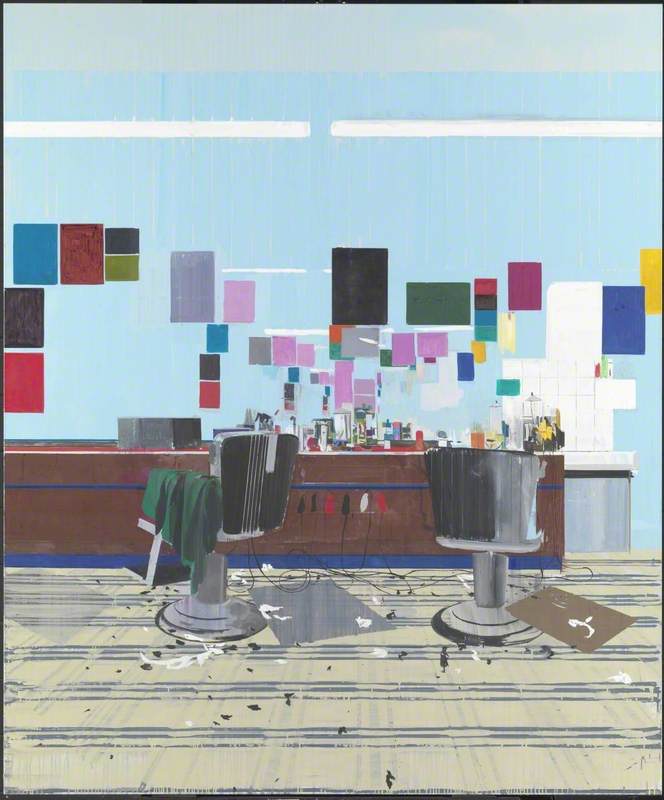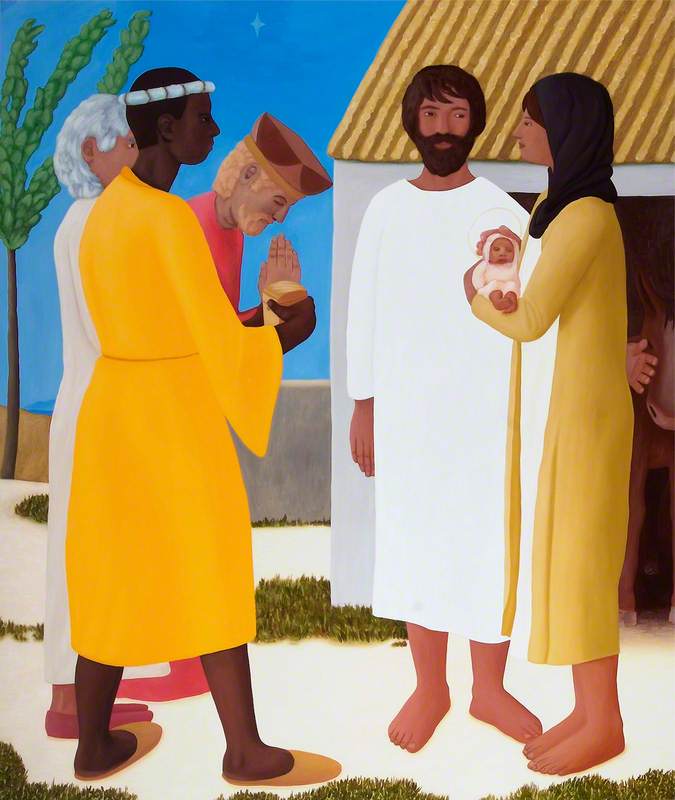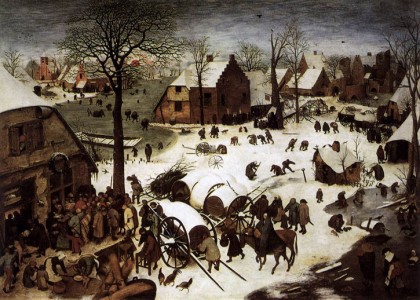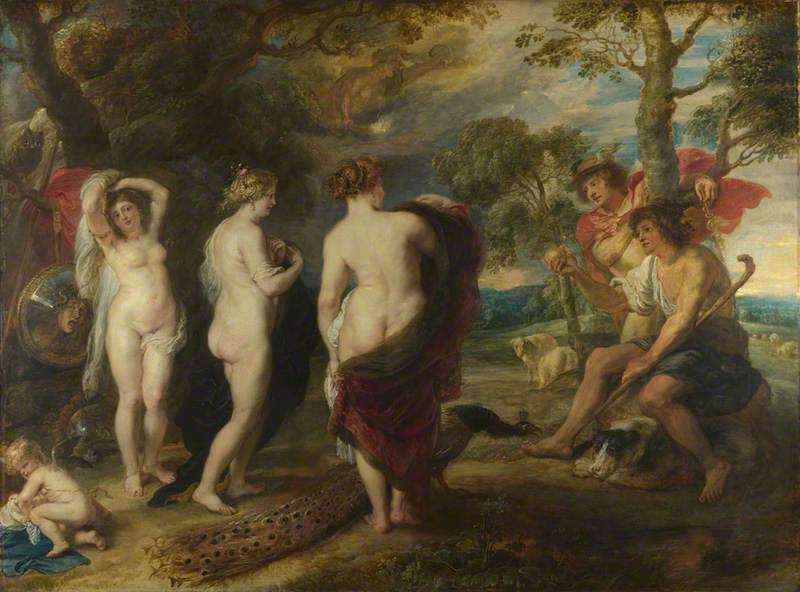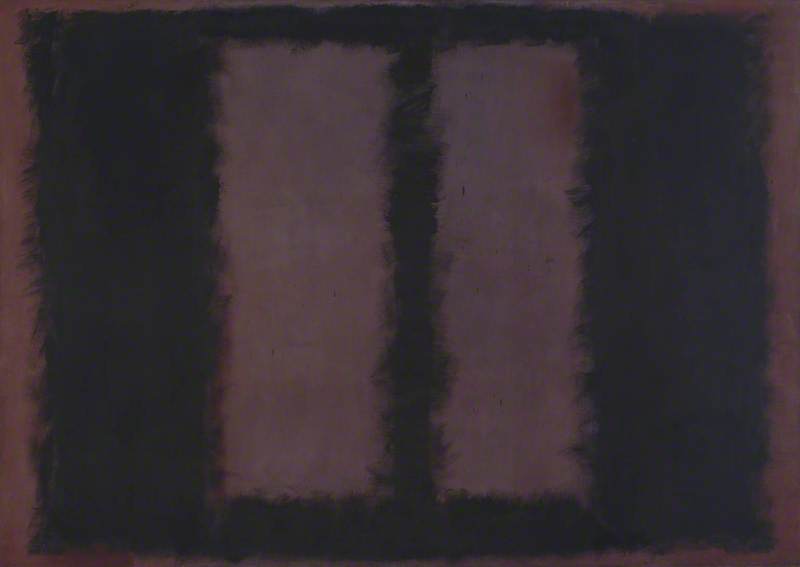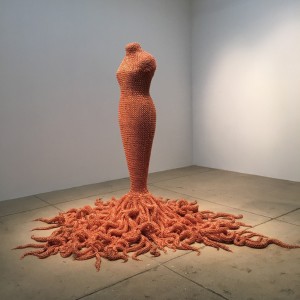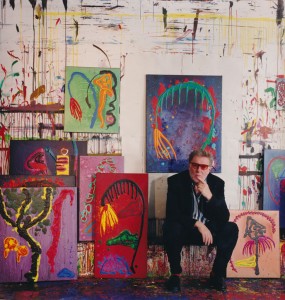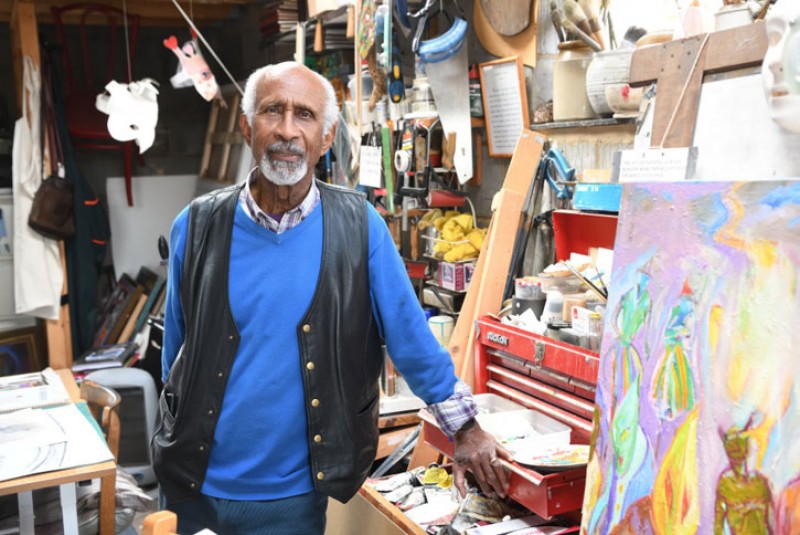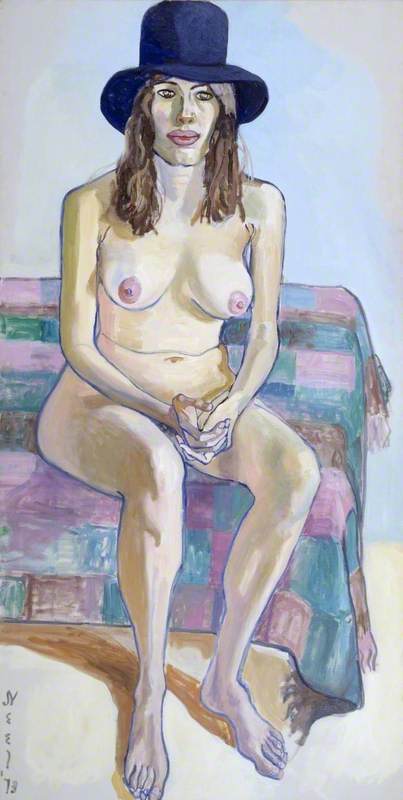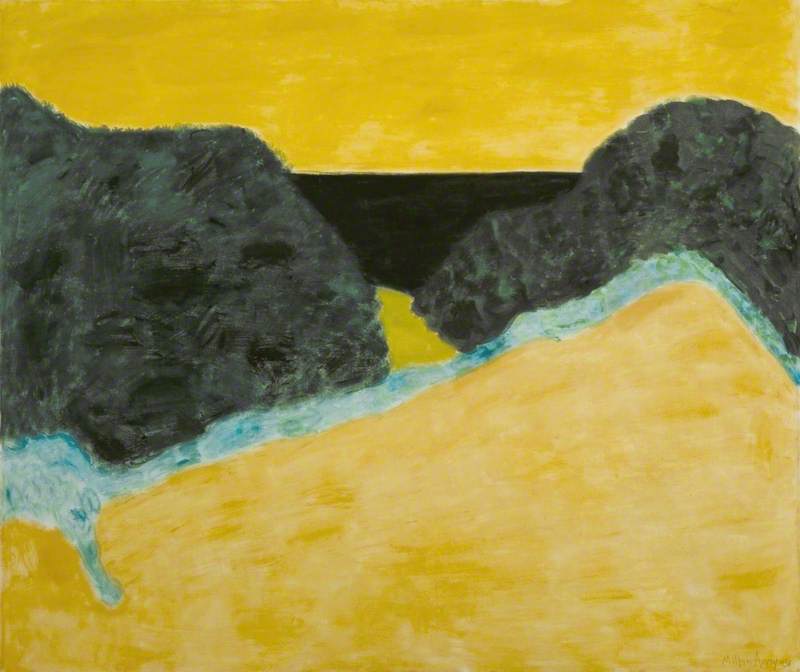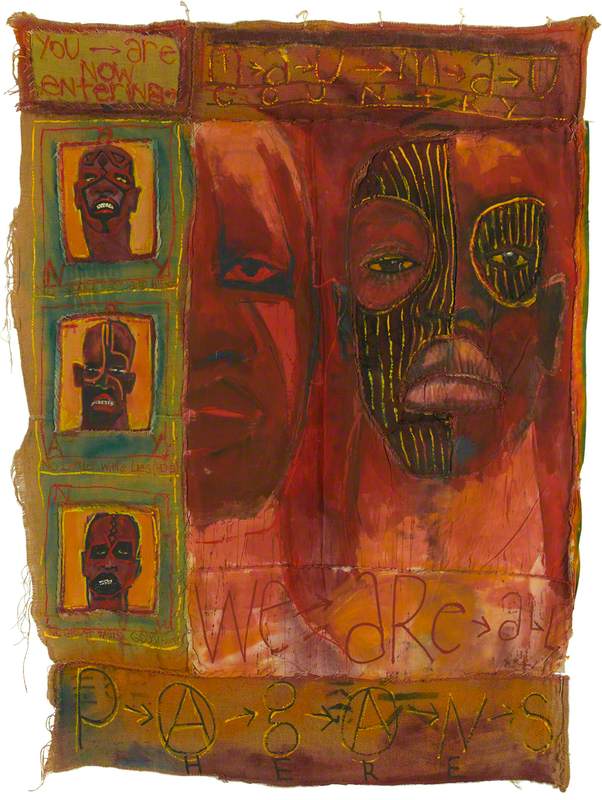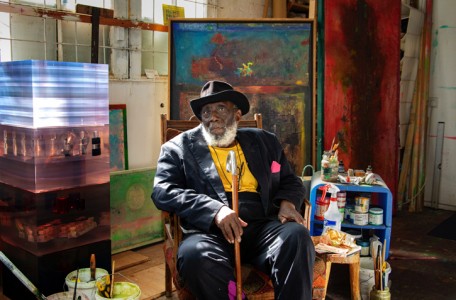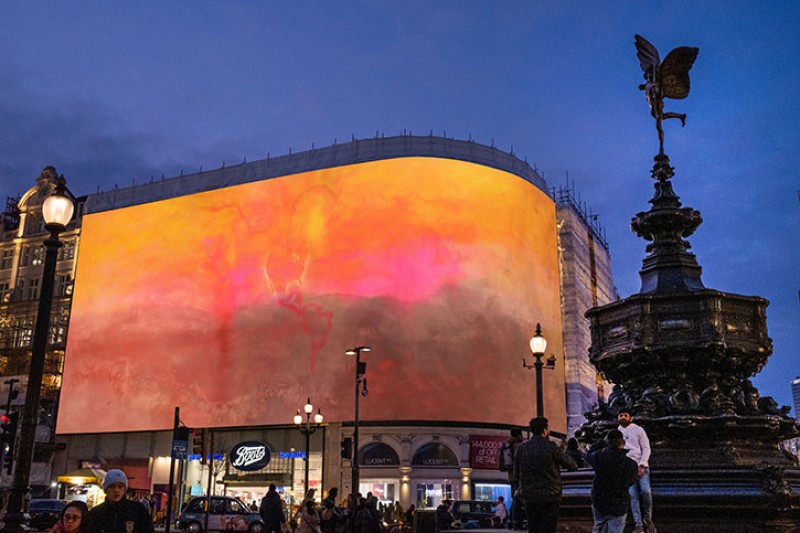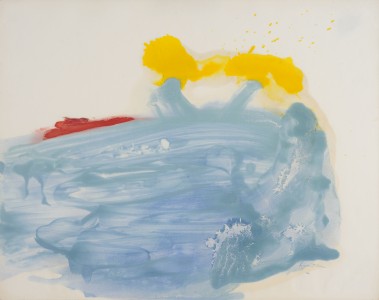British painter Winston Branch (b.1947) came to the UK in the 1960s and studied in London during what was one of the most exciting times for British art.
He would go on to travel extensively, spending time all over Europe, on the West Coast of the United States, and Saint Lucia, where he was born. His work has been acquired by numerous collectors and institutions, including Tate, the British Museum and the Victoria and Albert Museum. Branch – now 73 – has enjoyed a sparkling career.
Winston Branch
1983, photograph by Anthony Kelly, Carlisle Square, London 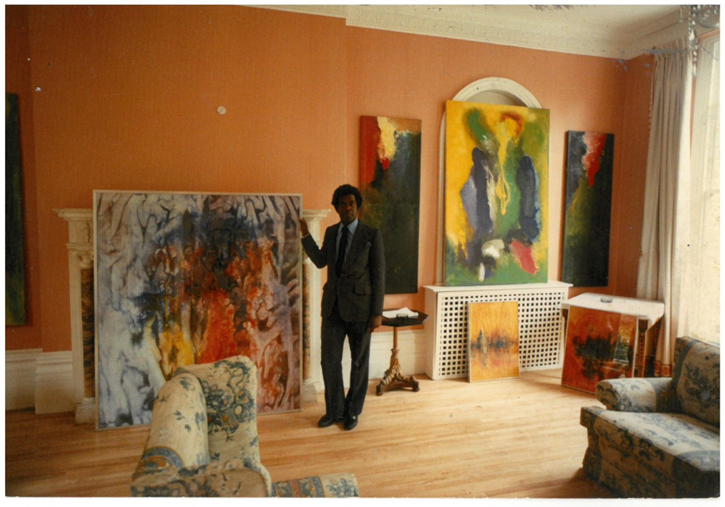
Born in Saint Lucia and educated in London before living on the West Coast of the United States, Branch is both a British artist and a truly international one. I caught up with him to ask where he gets his inspiration from and about the artists and paintings that mean the most to him.
Branch's first experience of art was the Catholic iconography of his early upbringing in the Caribbean and, as a Catholic, he cites the ritual and theatre of Mass as the instigation of his artistic thinking.
Branch's talent was recognised at an early age and he was sent to study in London from Saint Lucia by his parents at the age of 12.
In London he was admitted to The Slade School of Fine Art where he studied under Frank Auerbach, Euan Uglow and Michael Andrews; it was to be life-changing.
'It was a great time', he reminisces over the phone. 'The Slade was incredible; it was one of the best times of my life. I owe a lot of who I am because of the Slade – it shaped my way of looking at the world.'
Looking towards Mornington Crescent Station, Night
1973
Frank Helmuth Auerbach (b.1931) 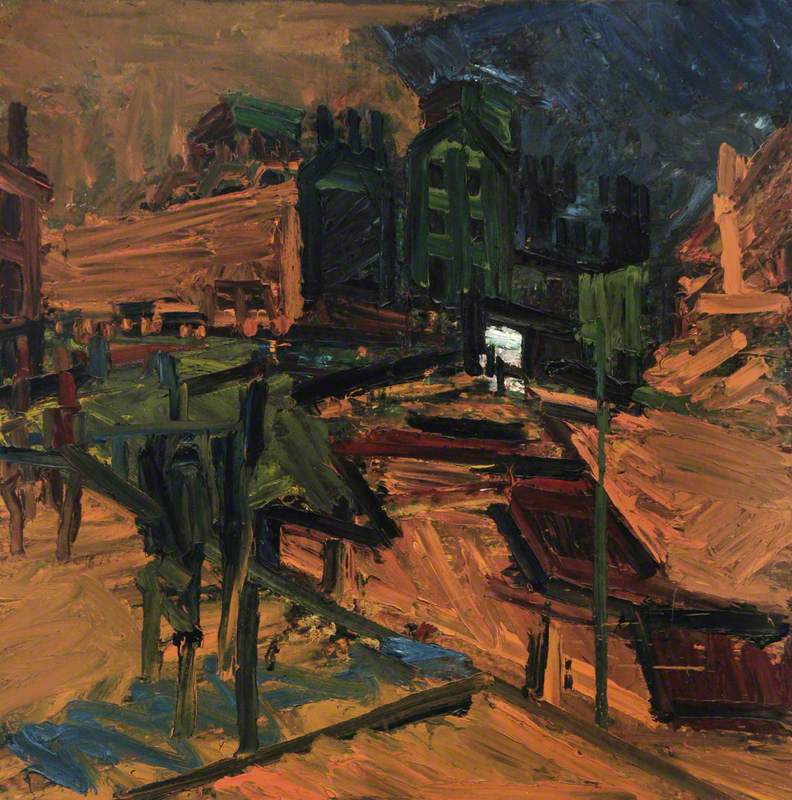
Students at the Slade had the opportunity to work with their tutors and Branch worked with Auerbach, in his studio. He remembers a solemn figure in a long overcoat during the day, but if sought out later in Soho at the French House or the Colony Room, he would be deep in conversation with his friends Lucian Freud and Francis Bacon.
'He was a pivotal interest at the Slade,' says Branch of Auerbach.
Branch went on to be awarded the British Prix de Rome in 1971, which led to a place at the British School at Rome for a year before completing his education at University College London.
In the early 1970s, Branch focused on figurative painting as dictated by his training at the Slade.
His early representational works, West Indian, 1973 and Ju Ju Bird No. 2, 1974 – which were acquired by journalist and later head of Arts Council England, Norbert Lynton – gained him attention. However, this was to prove a developmental stage on the way to non-representational painting.
Branch is passionate about the work of Robert Motherwell who introduced him to the work of artists of Roberto Matta and Clyfford Still, whom he credits with inspiring the 1970 work Yellow Sky.
'I don't really have this utopian fantasy of inspiration from the divine,' Branch explains. 'I recede into the recesses of my mind to make my art because ideas are impregnated in my subconscious for a very long time. When I get the spirit, as it were, I begin to make my oeuvre.'
While his paintings come from a subconscious place, he loves to bathe in the history of painting at The National Gallery for inspiration. He walks around the galleries taking pleasure in the works in the public collection that he has had a relationship with since first coming to the museum.
'I look at paintings and I just stand and absorb it, because each time I look at it I explore and discover different nuances in the form of the painting. It's like a refresher, it's never one moment of epiphany, it's just constant discovery.'
Among the most special to him are Piero della Francesca's The Baptism of Christ, Titian's Diana and Actaeon, and Sandro Botticelli's 'Mystic Nativity', Primavera and The Birth of Venus (the latter two famously in the Uffizi in Florence).
The Birth of Venus
c.1485, tempera on canvas by Sandro Botticelli (1444/1445–1510) 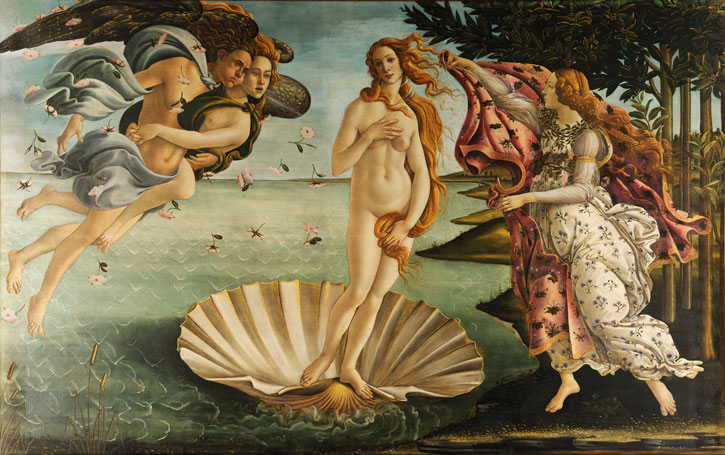
It is this meditative digestion of historical painting that he thinks goes into the ability he has honed throughout his career; to stand in front of a blank canvas and create his ethereal, infinite-seeming works.
The Toilet of Venus ('The Rokeby Venus')
1647-51
Diego Velázquez (1599–1660) 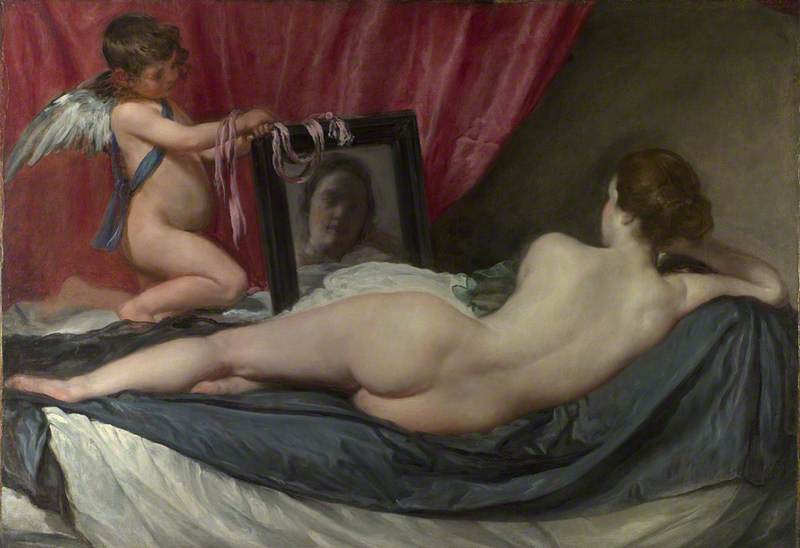
He also speaks of his love for Diego Vélazquez's Las Meninas (in the Prado) and Rokeby Venus (in The National Gallery), Walter Sickert's The Camden Town Murder as well as Peter Paul Rubens' The Union of Earth and Water (in The Hermitage).
The Camden Town Murder
(also known as ‘What Shall We Do for the Rent?’) c.1908
Walter Richard Sickert (1860–1942) 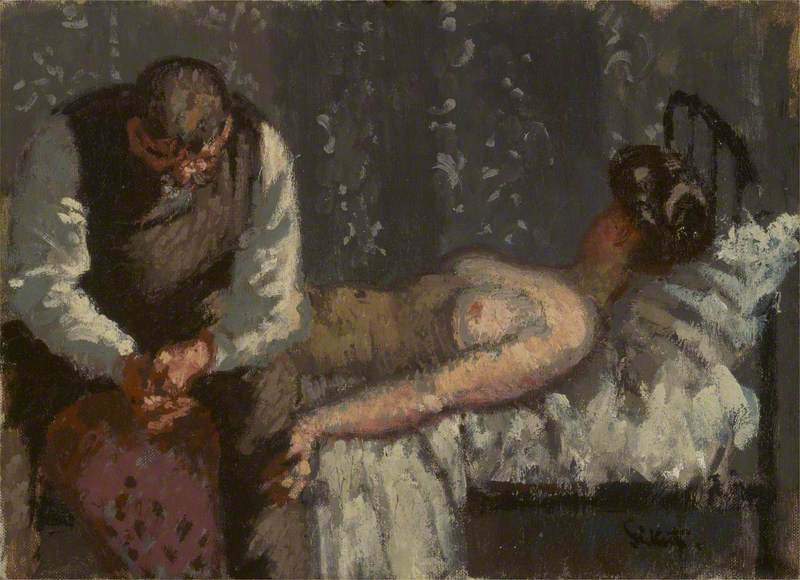
Branch recalls seeing black faces in the paintings at The National Gallery when he first arrived in the UK and it further connecting him to the art on display.
'It was always an interesting and exciting moment to come across an image that reflected the appearance of oneself,' he recalls.
'Whether it was good or bad, it was interesting. We learn by what we see. If we see a derogatory image, we feel unworthy, but if you see aristocratic, historical images of yourself you feel pride. Everybody does.'
Issues of representation and position are nothing new but are getting a light shone on them in the art world today.
'Black people are not new in the depiction of art, what is new is the awareness and the intention given,' Branch says, reflecting on his time at college in light of the conversations on race happening today.
Winston Branch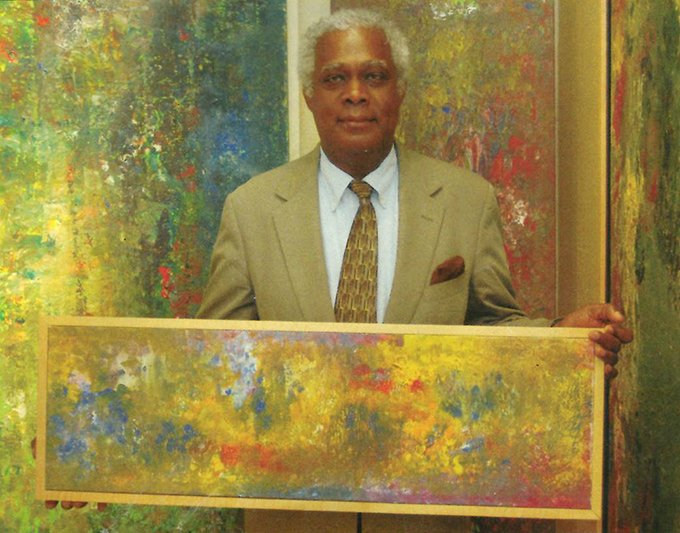
Branch is enjoying a fantastic career. He has lived all over the world and consistently had international shows of his work spanning six decades. His ambition has not faded with age, he is still delving into his subconscious to produce work and pushing the boundaries of his art.
Recently awarded an honorary doctorate from the University of Greenwich, he is of sage mood coming out of lockdown. He's booked into the hairdresser and is looking forward to it.
Blue Day for Polly
acrylic paint on canvas by Winston Branch (b.1947) 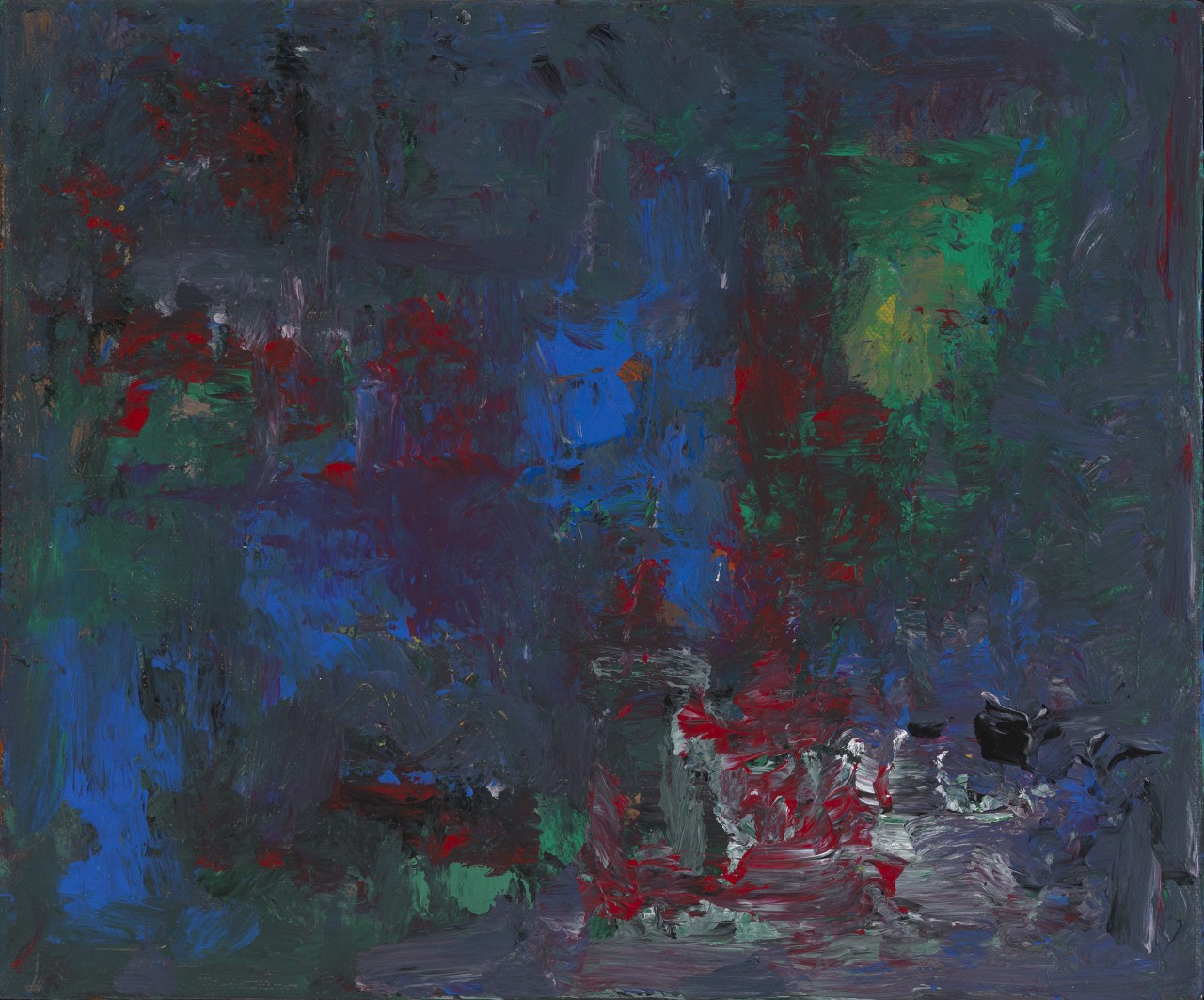
On the recent interest in his work, and the resurgence of young artists focusing on painting, Branch had this to say:
'Painting is never dead – as long as there are people with eyes, people will look and as long as there are people who like originality there will be an interest in painting. Painting is about touch and uniqueness; there is no painting like another painting.'
Amah-Rose McKnight-Abrams, journalist
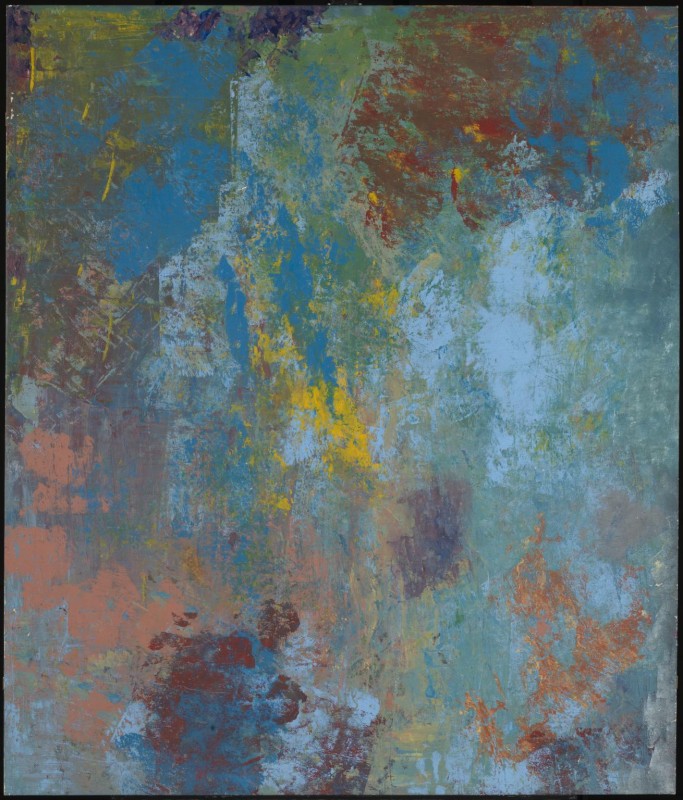
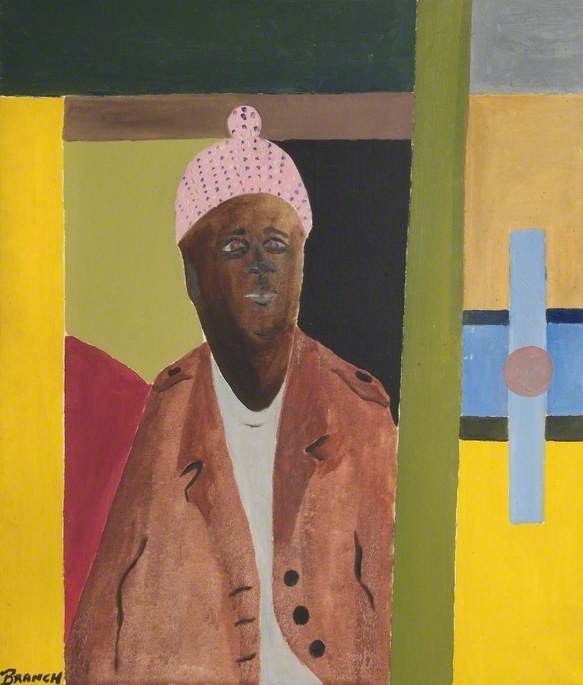
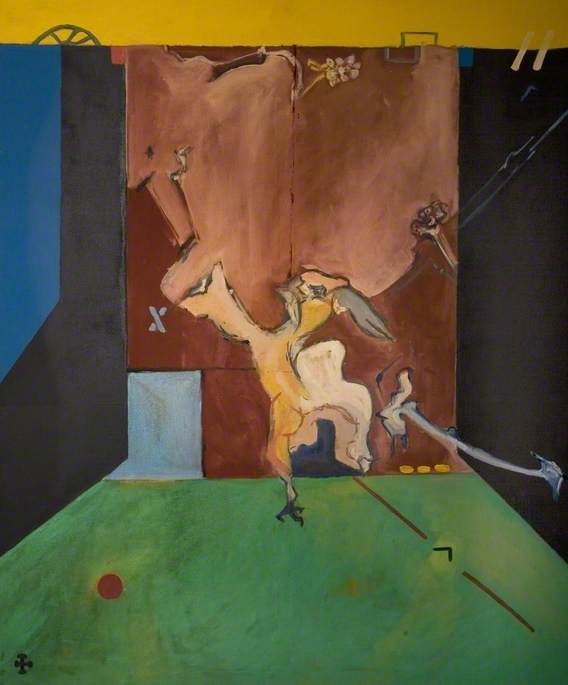
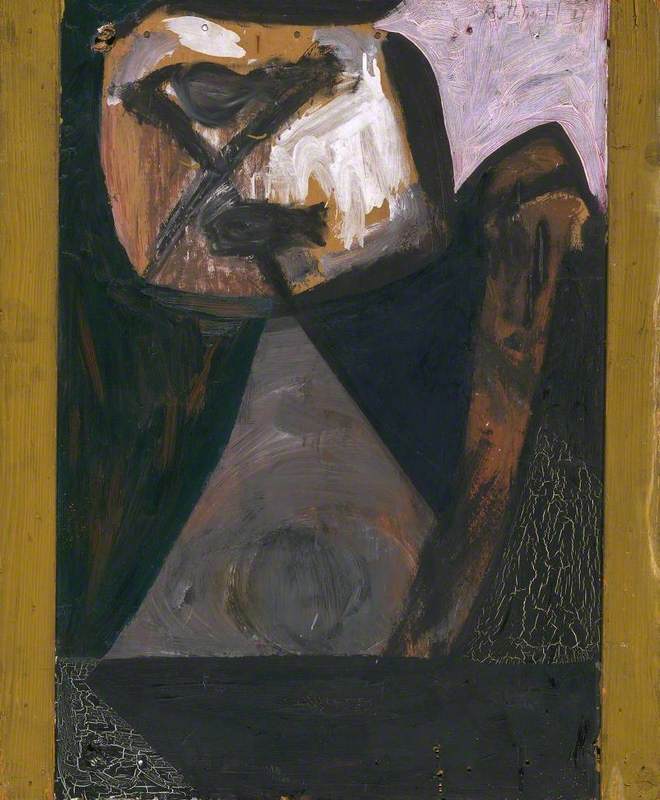
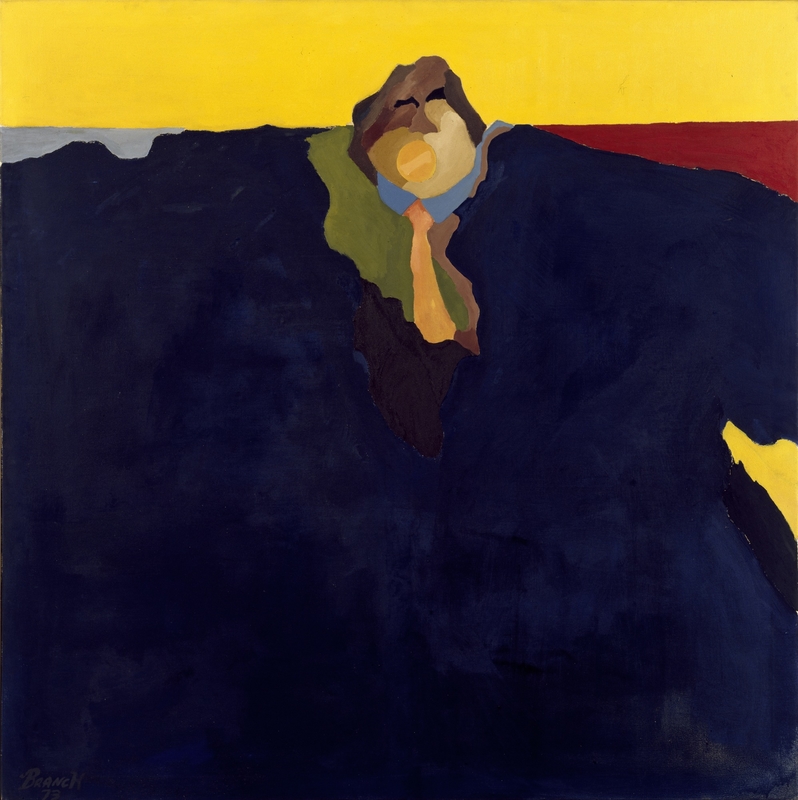
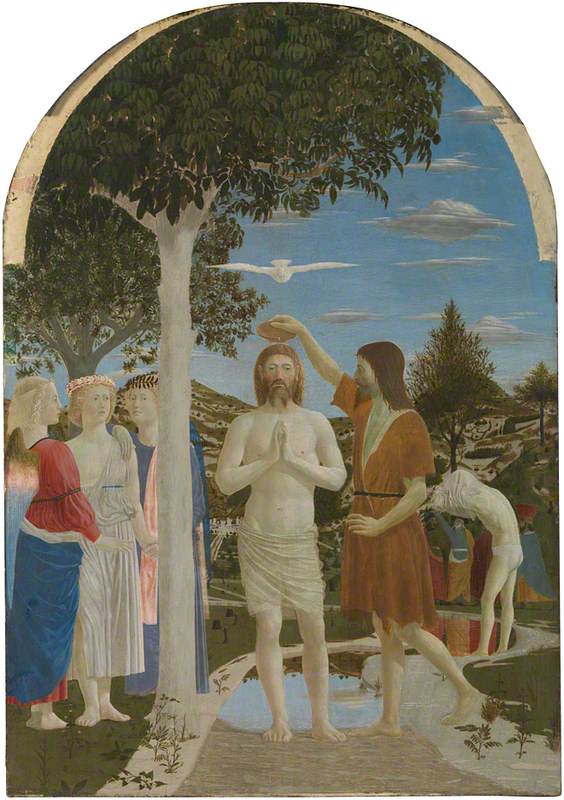
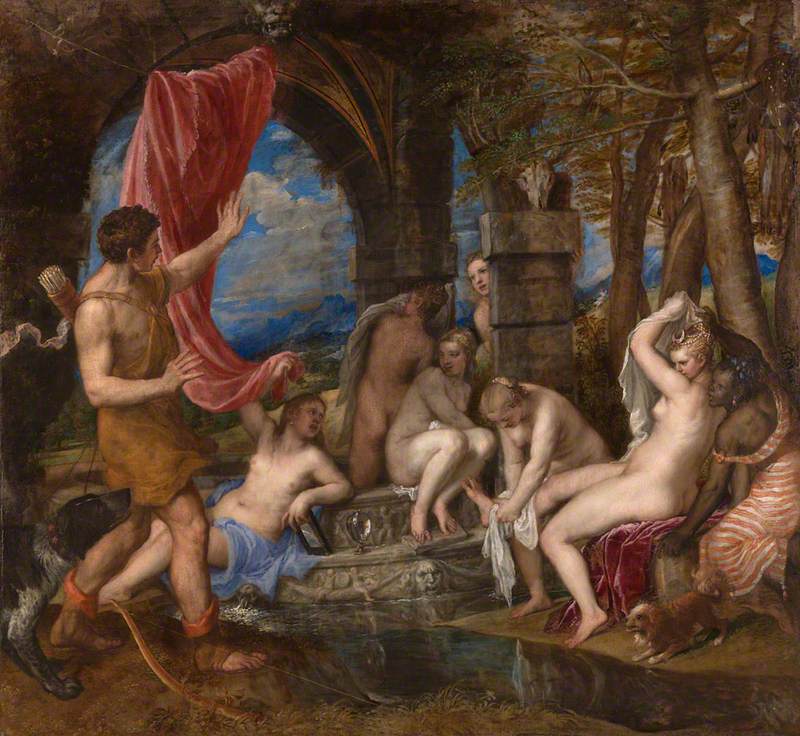
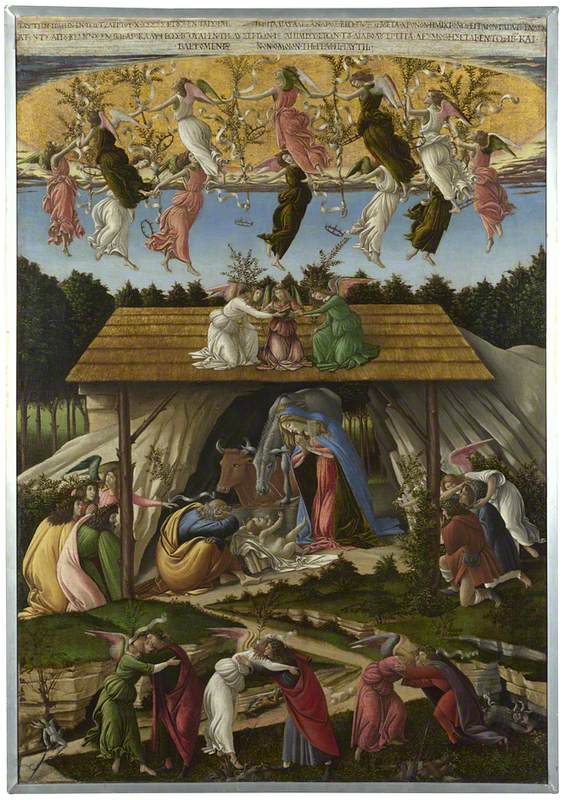
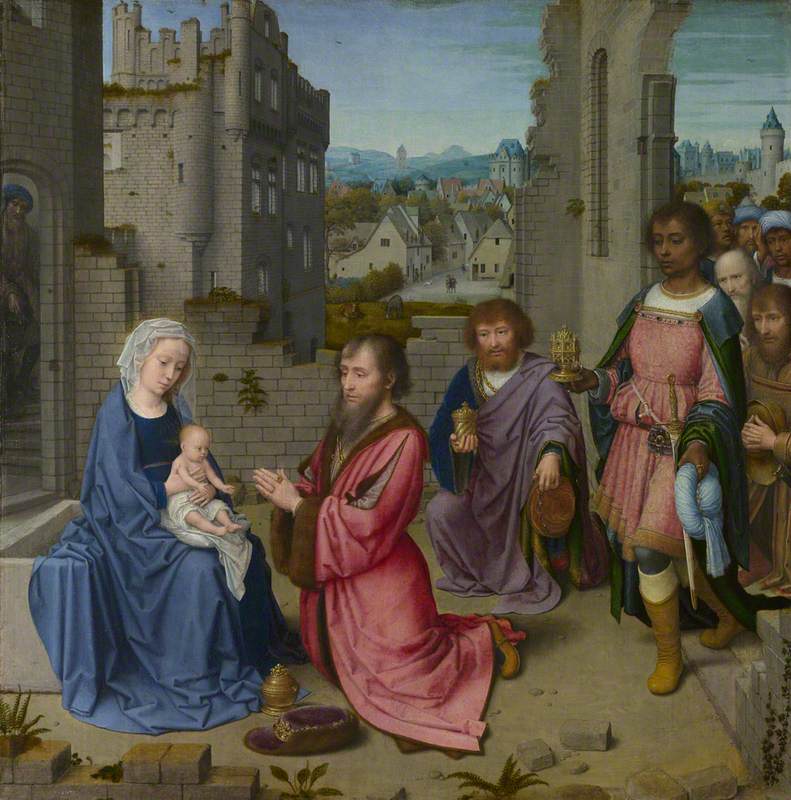
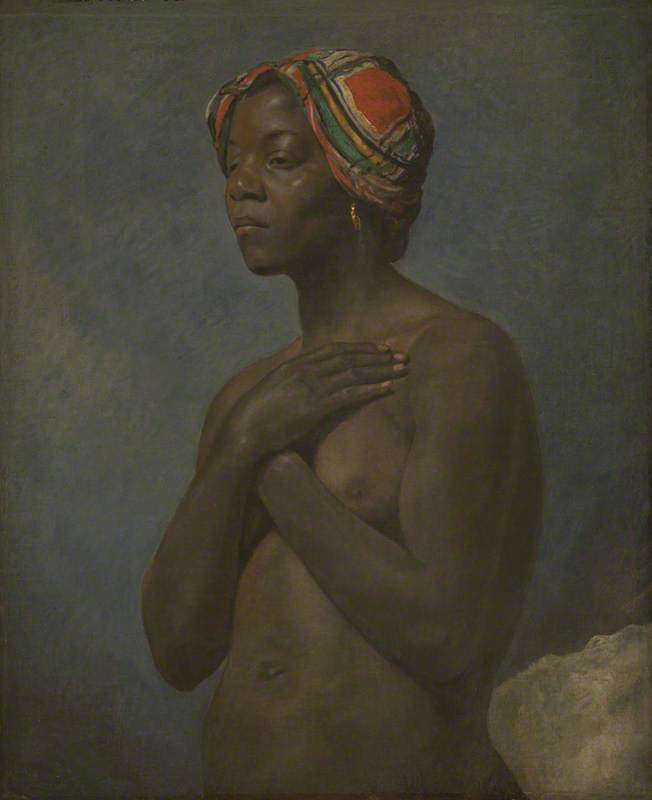
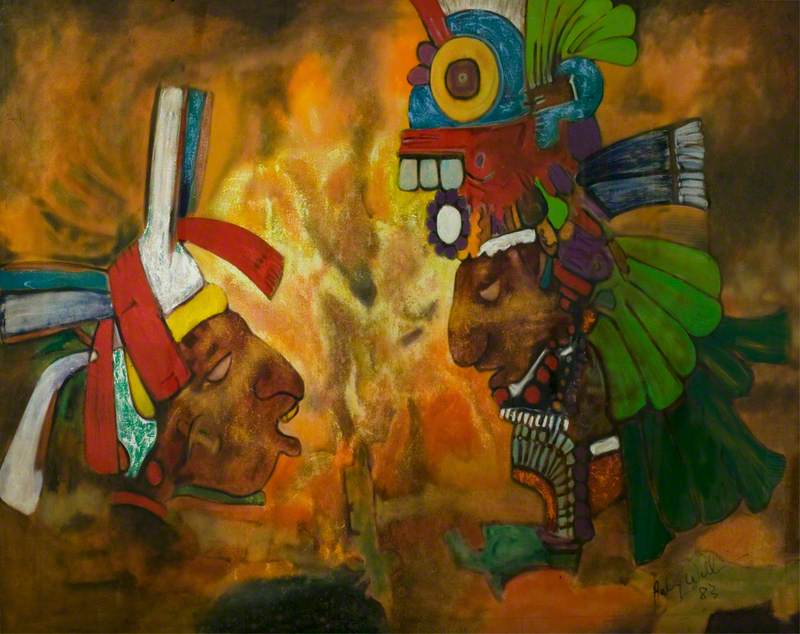
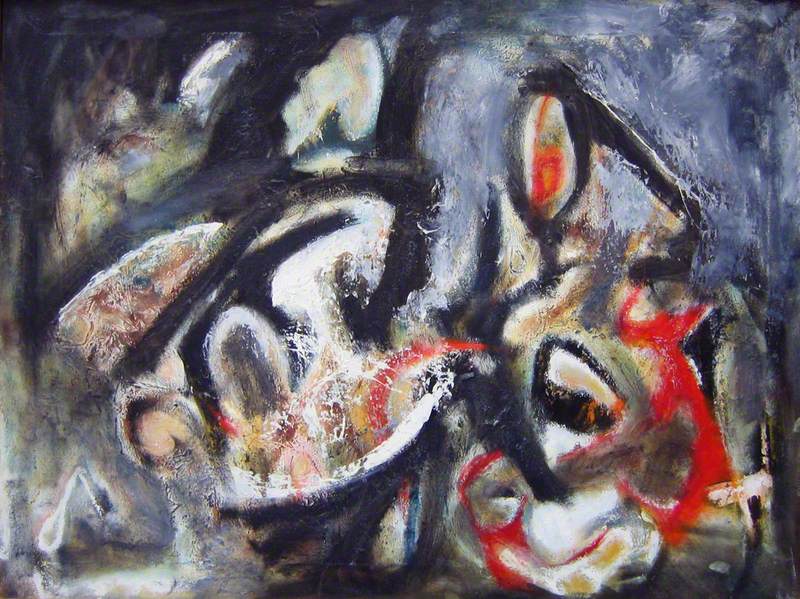
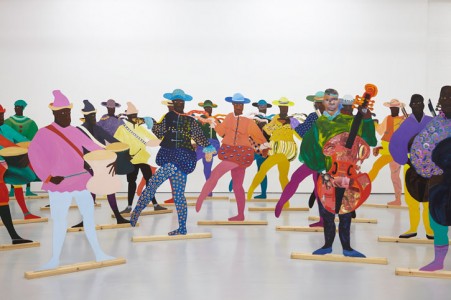
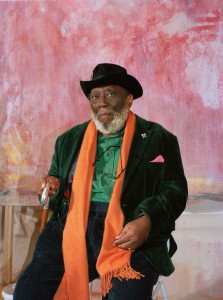


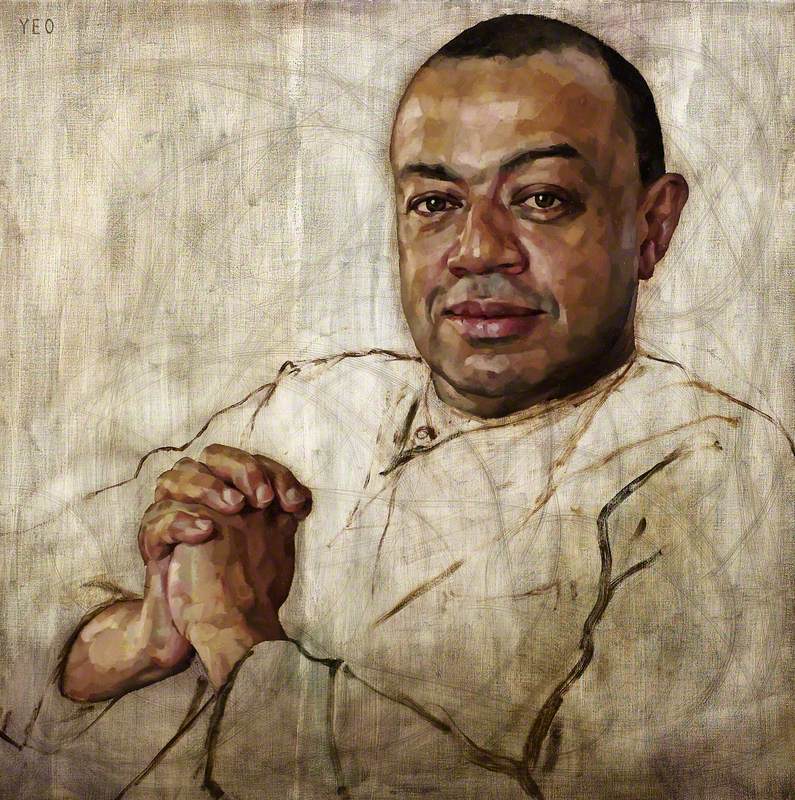

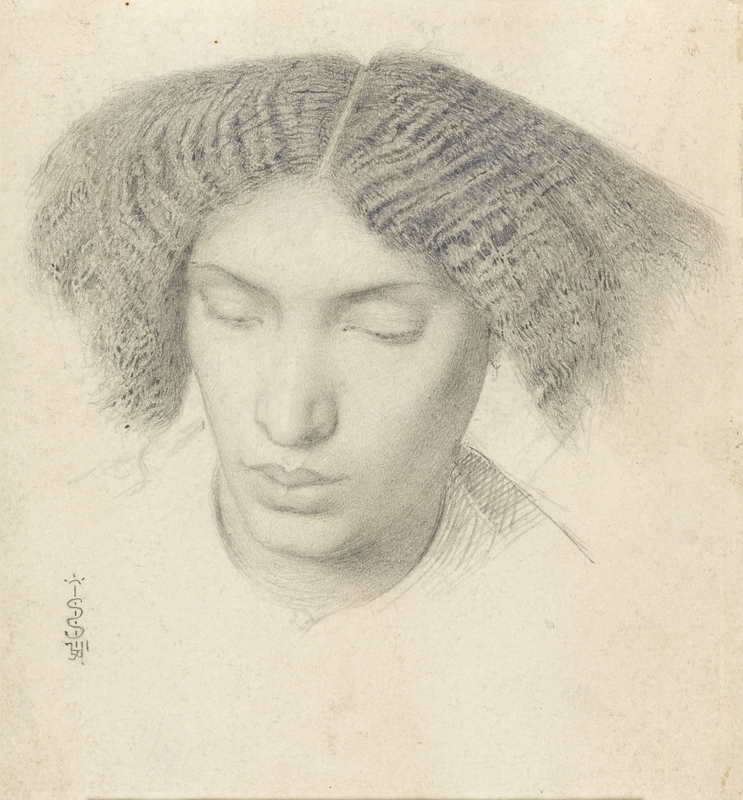
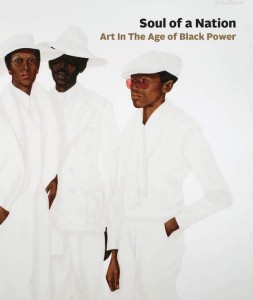
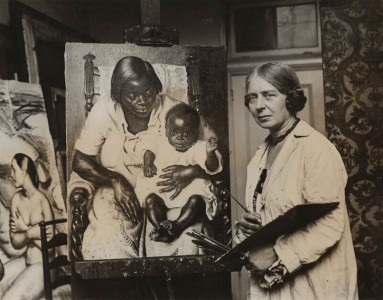
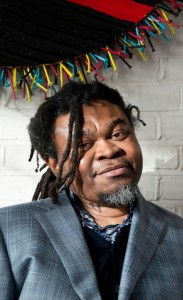
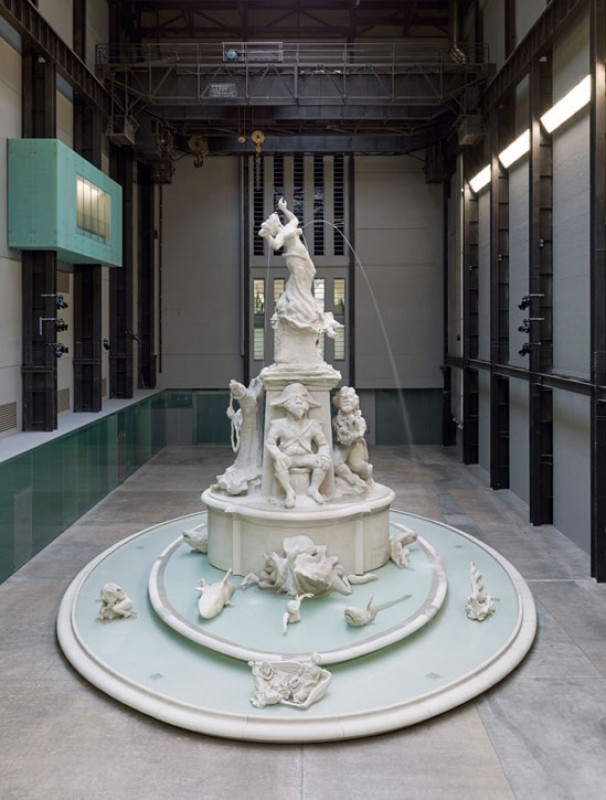
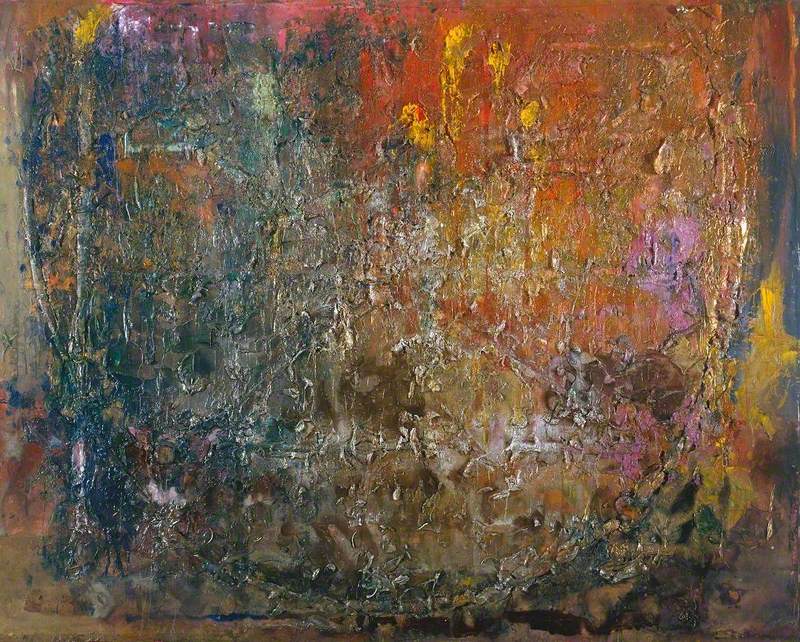
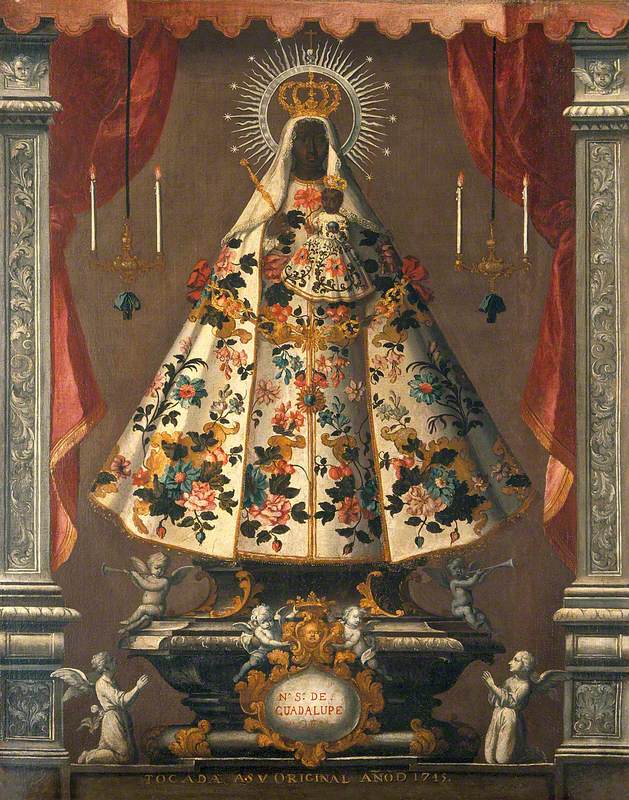
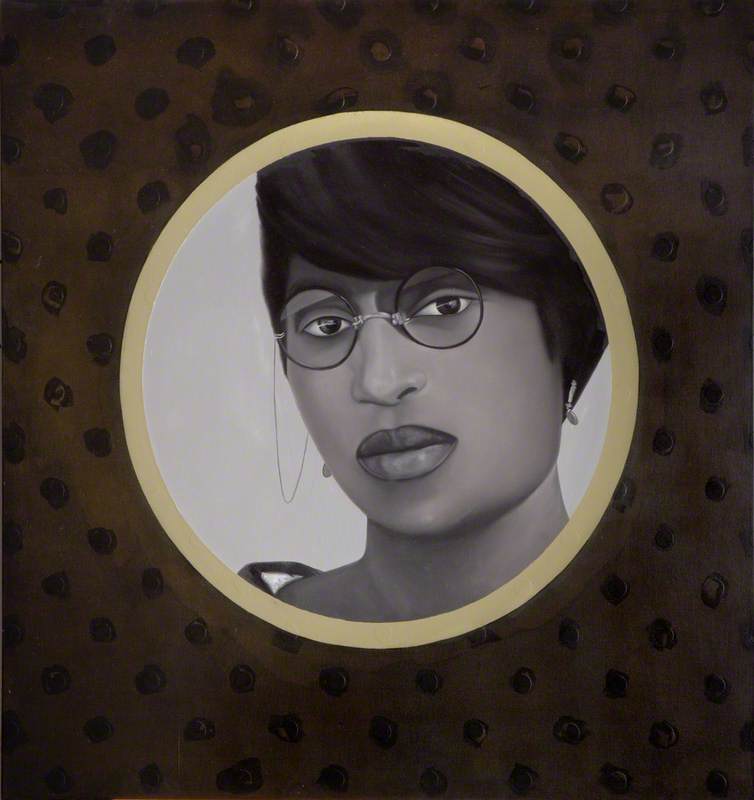

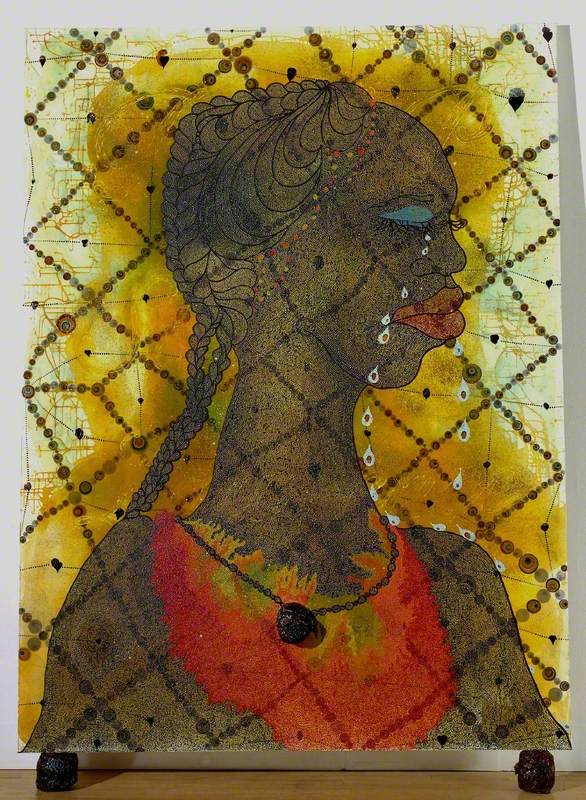
.jpg)
